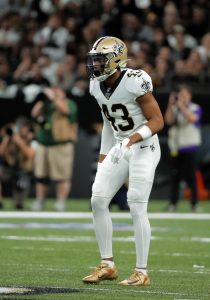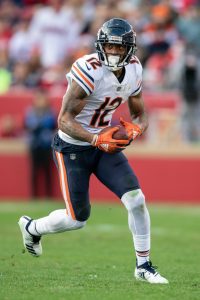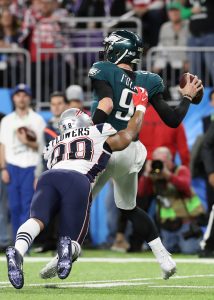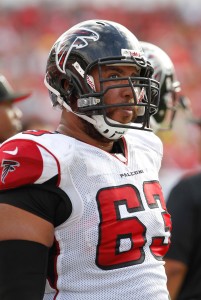He figures to be one of the hottest free agents of the spring. Still, Chris Godwin presents an unusual case. To date, the former third-round pick has just one 1,000-yard season on his resume. 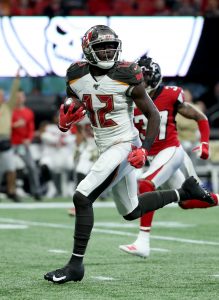
Godwin went off for 1,333 yards and nine touchdowns in 2019, positioning him as one of the game’s best young wideouts. His 2020 was sidetracked by multiple injuries, softening what could have been an explosive encore. To his credit, the Penn State product still notched 840 yards off of 65 catches in 12 games. He remains an essential part of Tampa Bay’s loaded skill-position corps, as evidenced by his $15.983MM franchise tag.
Godwin might have a stronger resume today if another team drafted him in 2017. Even though he’s flourished with the Bucs, he spent his first couple of years behind DeSean Jackson. Now, he’s one of several standouts, joined by the likes of Mike Evans, Antonio Brown, and Rob Gronkowski. So far, he’s still managed to shine this year with a 29/366/2 line through five games. That includes his whopper of a season opener — nine grabs for 105 yards and a score over the Cowboys.
The Buccaneers moved heaven and earth to re-up all of their stars while tagging Godwin. They’ll need to work some more magic this spring, because Godwin should easily match Kenny Golladay‘s contract. The Giants furnished Golladay with $72MM over four years, including $40MM guaranteed and another potential $4MM in incentives. Keep in mind — Golladay was 27 at the time of signing and Godwin will turn 26 in late February. Plus, Golladay was dealing with a depressed salary cap. Next year’s increase will help the young Buc.
Speaking of Golladay, the Lions still need to replace his production. Godwin would be an excellent fit, though they’ll also have to address their woeful secondary, front seven, and just about every other position group. It’s also worth noting that the Patriots — who haven’t had the best luck drafting WRs — will be cash-flush. But, given the Bucs’ ability to keep the band together, we’d be surprised to see Godwin leave Tampa next year.


